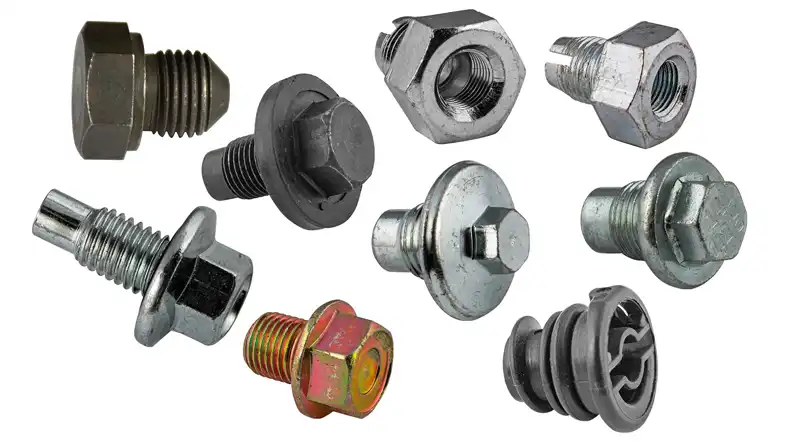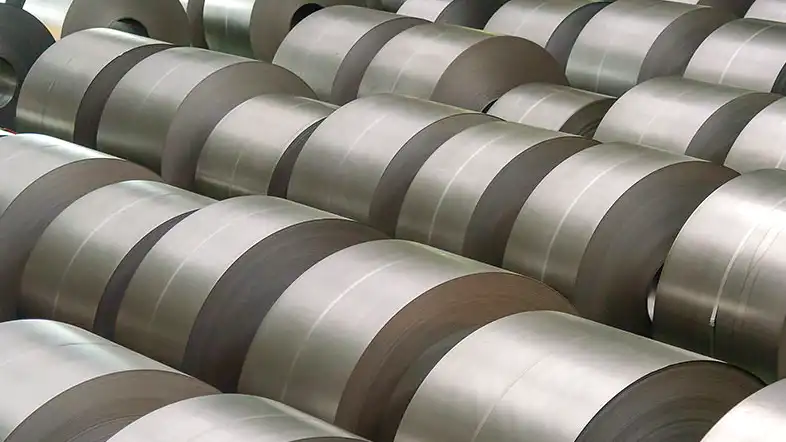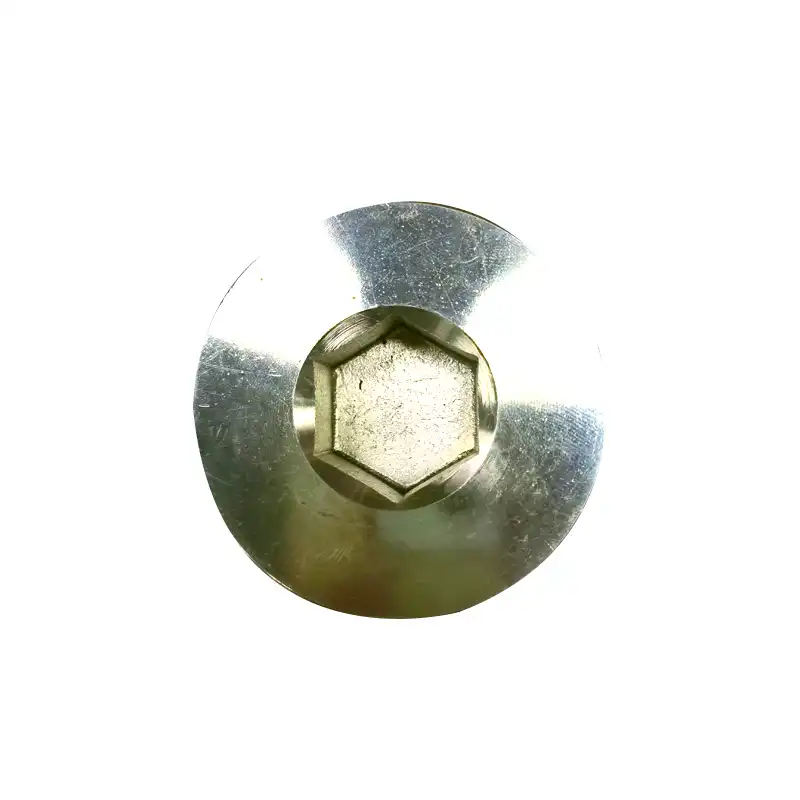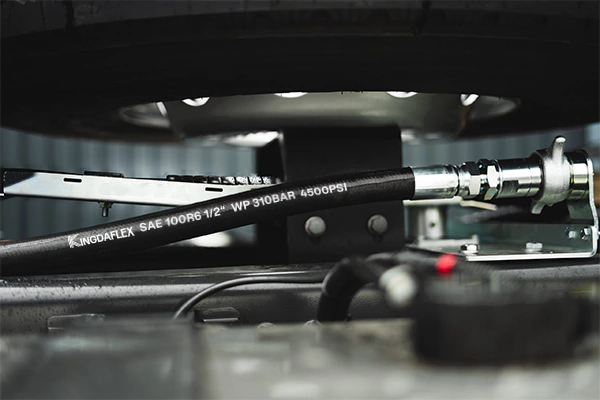Uncover the mysteries of “What is a Drain Plug” in this detailed guide. Learn its importance, types, and expert insights. Your go-to resource for drain plug knowledge!
What Is A Drain Plug
A drain plug is a specialized fitting designed to seal the drain opening securely. Its primary purpose is to prevent leaks and facilitate controlled drainage when necessary.
In various contexts, such as plumbing and automotive maintenance, drain plugs play a crucial role in ensuring the integrity of systems and preventing unwanted leaks. These plugs come in different types, materials, and sizes, catering to specific applications and providing effective solutions for maintaining and securing various systems.
The Importance of Drain Plugs

Navigating through the labyrinth of drainage systems, drain plugs emerge as unsung heroes. These unassuming devices prevent unwanted leaks, ensuring the integrity of plumbing systems and vehicle components. From sinks to oil pans, the right drain plug guarantees a mess-free experience.
Types of Drain Plugs

Magnetic Drain Plugs
Magnetic drain plugs are a revolutionary advancement in automotive maintenance. These plugs are equipped with magnetic properties that attract and capture metallic debris circulating in the fluid. Typically used in engines and gearboxes, these plugs act as a safeguard against potential damage by preventing harmful particles from causing undue wear and tear. Discover the magnetic allure that makes these drain plugs a must-have for engine longevity.
Threaded vs. Snap-In Drain Plugs
The threaded vs. snap-in debate is a pivotal consideration when choosing a drain plug. Threaded plugs, with their screw-like design, offer a secure and customizable fit, making them ideal for applications where precision is paramount. On the other hand, snap-in plugs provide a quick and hassle-free installation, perfect for situations demanding efficiency. Dive into the nuances of these types to make informed decisions based on your specific needs.
Exploring the diverse world of drain plugs reveals a spectrum of choices, each tailored to different applications. Whether you prioritize the magnetic prowess of your automotive system or opt for the convenience of a snap-in design, understanding these types empowers you to make decisions aligned with your maintenance goals.
Drain Plug Materials

There are many different metal materials in the market to manufacture drain plugs, including aluminum, stainless steel (carbon steel), rubber, plastic, etc.
Aluminum
One prevalent material for drain plugs is aluminum. Known for its lightweight yet durable nature, aluminum drain plugs offer corrosion resistance and are commonly used in automotive applications. The metal’s ability to withstand varying temperatures and environmental conditions makes it a popular choice for ensuring the longevity of drain plugs.
Steel
Steel drain plugs are robust and sturdy, making them suitable for heavy-duty applications. The strength of steel enhances the durability of drain plugs, particularly in situations where resistance to wear and tear is crucial. These plugs are often found in industrial settings and high-performance automotive environments.
Rubber
In some applications, drain plugs incorporate rubber components, especially in the form of gaskets. Rubber provides flexibility, enabling a snug and effective seal when compressed between the drain plug and the surface it seals. This material choice is common in situations where a tight, leak-free seal is paramount.
Copper
Copper drain plugs are notable for their excellent thermal conductivity and corrosion resistance. These plugs are often employed in applications where heat dissipation is a critical factor. Copper’s ability to withstand extreme temperatures makes it a suitable material for drain plugs in demanding environments.
Plastic
Certain drain plugs, especially those used in non-industrial and lightweight applications, are made from high-quality plastic. While not as robust as metal options, plastic drain plugs are cost-effective and can effectively serve their purpose in scenarios where durability is not the primary concern.
Understanding the materials used in drain plugs is essential for making informed decisions in maintenance and replacement scenarios. Whether you prioritize the lightweight versatility of aluminum, the robustness of steel, or the flexibility of rubber, selecting the right material ensures the optimal performance of drain plugs in diverse applications.
What is a Drain Plug Gasket

A drain plug gasket is a small yet indispensable component in the world of drainage systems, particularly in automotive maintenance. This unassuming rubber or metal ring sits between the drain plug and the surface it seals, providing a crucial barrier against leaks.
FAQs about Drain Plugs
Are all drain plugs the same size?
No, drain plugs come in various sizes to accommodate different applications. It’s crucial to use the right size to ensure a secure and leak-free seal.
How often should I replace my drain plug gasket?
The recommended interval for drain plug gasket replacement is during every oil change. This ensures optimal performance and leak prevention.
Can I reuse a drain plug gasket?
While some gaskets are reusable, it’s generally advisable to replace them with each oil change for peak reliability.
Are magnetic drain plugs necessary for every vehicle?
Magnetic drain plugs are beneficial for all vehicles, especially those with internal combustion engines. They trap metallic debris, preventing potential damage.
What is the purpose of a tapered drain plug?
Tapered drain plugs create a tight seal by wedging into the drain opening. They are common in plumbing applications where a secure closure is essential.
Can I use a drain plug from one brand with another’s oil pan?
While it’s possible in some cases, it’s recommended to use a drain plug compatible with the oil pan to ensure a proper fit and seal.
Conclusion
In the vast landscape of drainage solutions, understanding “What is a Drain Plug” is pivotal. From their importance to types and materials, this guide has unveiled the intricacies of these unsung heroes. Armed with this knowledge, you’re empowered to navigate plumbing and automotive maintenance with confidence.





